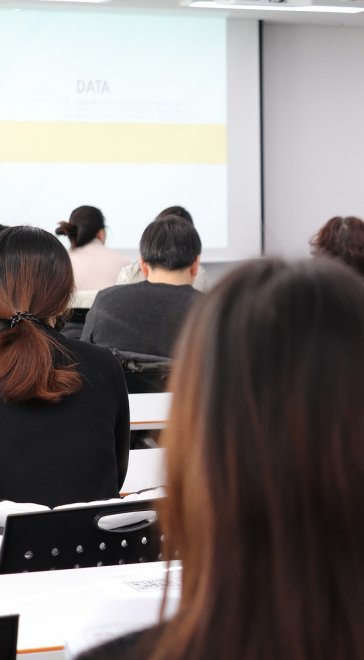What buoyancy really is: Archimedes stepping into a crowded bath
Gravity or ultracentrifuge settling of particles or macromolecules has been the subject of extensive investigation for many decades, and finds important application in geophysics, chemical engineering, biology, and medicine.
Usually, the settling process involves several disperse species, either because natural and industrial dispersions display a wide size distribution, or because additives are put in on purpose to allow for density-based fractionation of the suspension, as in Density Gradient Ultracentrifugation (DGU).
Such a “macromolecular crowding”, however, may have surprising effects on sedimentation: even the
Archimedes’ principle – arguably, the oldest physical law - is at stake.
The key question we address is the following: what is the buoyancy felt by a particle settling in a dispersion of other particles, with a different size and/or material density?
By performing targeted equilibrium measurements on binary particle mixtures, we show that the standard Archimedes expression is just a limiting approximation, valid only for mesoscopic objects settling in a molecular fluid, and we provide a fully general expression for the actual buoyancy force.
This Generalized Archimedes Principle allows to explain puzzling results in DGU of cellular organelles, carbon nanotubes, or graphene, and to demonstrate the occurrence of unexpected effects, such as denser particles floating on top of a
lighter fluid (a sort of equilibrium reverse Brazil nut effect), which we actually observe and quantify.

